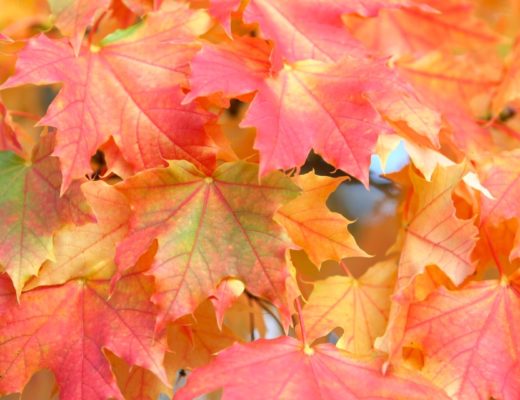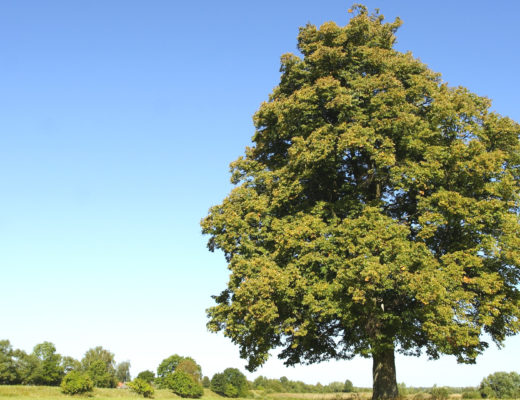Abies concolor
![White-Fir_2-839[1]](http://arbordayblog.org/wp-content/uploads/2015/11/White-Fir_2-8391-275x300.jpg) If you’ve ever been hiking in the Rockies or the Sierras, then chances are you’ve crossed paths with the white fir. The white fir has the largest natural range of any of the western firs—with the exception of its cousin the subalpine fir. It is one of 40 members of its genus worldwide, and nine in North America. This mountain beauty has grown popular outside of its natural habitat as well for its tolerance to harsh conditions. While it’s native to the Sierra and Rocky mountain ranges, it is found as far east as Maine.
If you’ve ever been hiking in the Rockies or the Sierras, then chances are you’ve crossed paths with the white fir. The white fir has the largest natural range of any of the western firs—with the exception of its cousin the subalpine fir. It is one of 40 members of its genus worldwide, and nine in North America. This mountain beauty has grown popular outside of its natural habitat as well for its tolerance to harsh conditions. While it’s native to the Sierra and Rocky mountain ranges, it is found as far east as Maine.
Here are a few things to note if you’re considering adding it to your tree family. Foothill
Environmental Conditions:
- White fir grow well in most soils including acidic, loamy, sandy and well drained (hardiness zones 4-7). Avoid highly alkaline or clay soils and areas that flood.
- Slow to medium growing tree, growing one to two feet a year and reaching 30-50 feet at maturity.
- Does well in full and partial sun.
Physical Attributes:
- Has blunt needles that display faint white lines on upper stomata.
- Can take different crown shapes depending on how much space is available.
- Has a thick, rough bark. Young bark tends to be whitish in color while older bark has resin blisters.
This tree is also a favorite Christmas tree amongst buyers.




